Latest News

NASA selects NSF NCAR Heliophysics Mission for Continued Development
NASA has selected the Chromospheric Magnetism Explorer (CMEx) for an extended period of concept development. The $150 million mission would fill a critical solar observational gap, generating information on conditions that lead to solar eruptions, advancing our knowledge of the solar magnetic field, and improving space weather modeling capabilities. It would also be the first Explorer-sized spacecraft mission ever led by NSF NCAR.
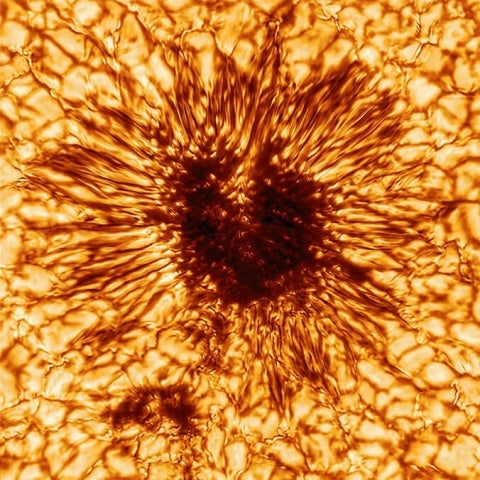
New AI Based Methods for 3D Reconstruction of the Solar Photosphere
In a collaborative effort researchers at the University of Hawaii Institute for Astronomy (IfA), the NSF funded National Solar Observatory and NSF NCAR’s High Altitude Observatory developed a new artificial intelligence based method to reconstruct the magnetic field in the solar atmosphere.
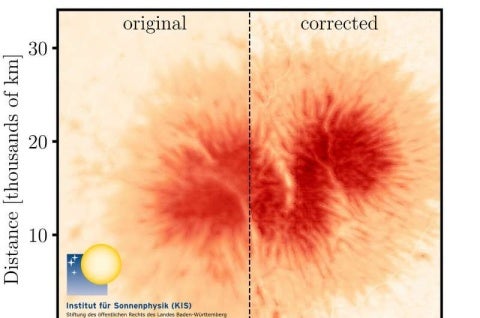
International & European news agencies feature Sunspot research
The journal Astronomy & Astrophysics recently published a study on the development of a new method for analyzing the stability of sunspots. As part of this study, an international team—led by scientists from Germany in collaboration with colleagues from Sweden, the U.S. and Spain—applied this new method to observations with the German GREGOR solar telescope.
Latest Research Highlights
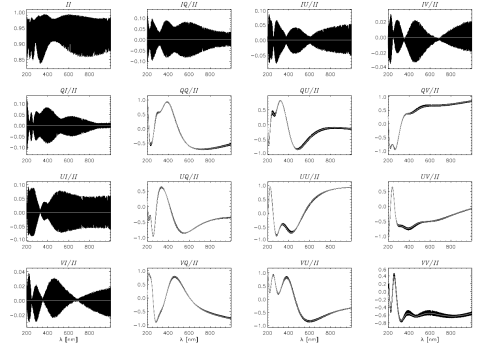
Polarization fringes in optical systems: a compendium
R. Casini and D. M. Harrington review the fundamental mechanisms that are responsible for instrumental artifacts that can affect the accuracy of optical designs conceived for high-sensitivity spectroscopy and polarimetry. Modeling examples are used to highlight the salient characteristics of polarization fringes, as well as to assess how approximate treatments such as this compare to exact but more computational expensive formulations of the problem such as Berreman's calculus.
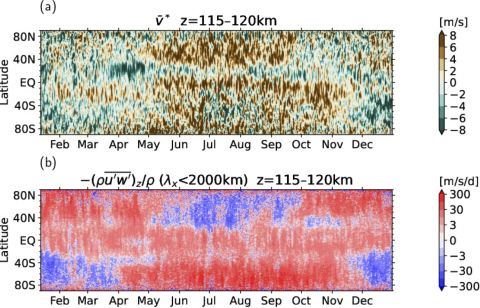
Contribution of Gravity Waves to the Lower Thermospheric Winter-to-summer Meridional Circulation in High-resolution WACCM-X
D. Koshin, N. M. Pedatella, A. K. Smith, and H.-L. Liu analyze the role of gravity waves contributing to winter polar region circulation using output from a high-resolution simulation. In the winter middle atmosphere, gravity waves with eastward phase speeds are generated around the polar vortex and propagate into the lower thermosphere.
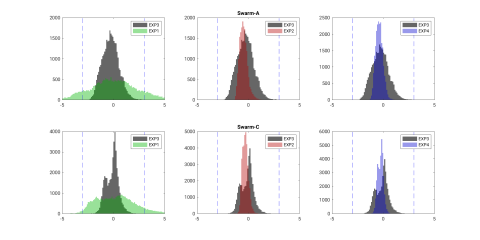
Quantifying the Impact of Solar Irradiance Uncertainty on Thermosphere-Ionosphere Variability Using Ensemble Forecasts
C.T. Hsu, N.M. Pedatella investigate the sensitivity of the thermosphere and ionosphere to variations in solar spectral irradiance (SDO and SORCE mission data). This work highlights the importance of accounting for uncertainty in external solar energy input in space weather models and demonstrates the value of data-informed ensemble simulations in improving the accuracy and reliability of thermosphere and ionosphere forecasts.